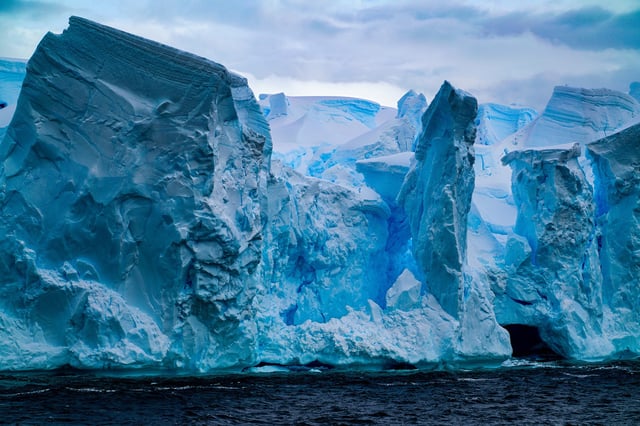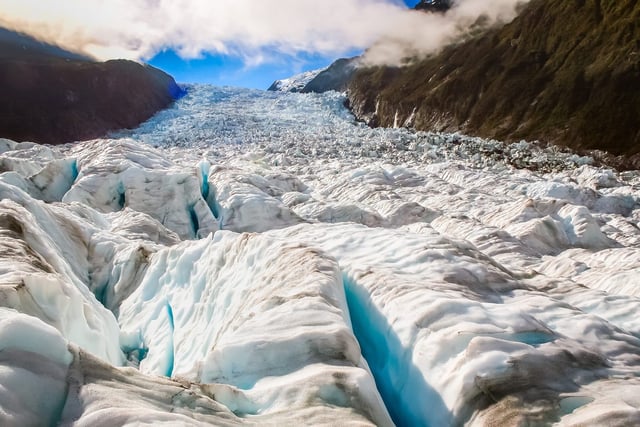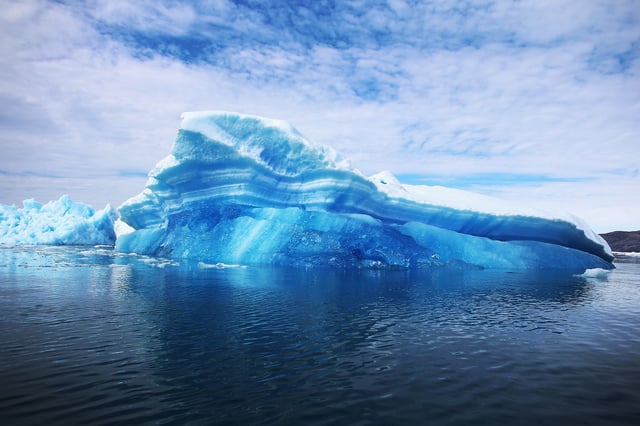Overview
- The Cryogenian period, around 700 million years ago, saw Earth covered in vast glaciers extending from the poles to the equator.
- Massive glaciers acted like bulldozers, grinding Earth's crust and releasing minerals, including uranium, into the oceans during thawing periods.
- This influx of minerals changed ocean chemistry, boosting oxygen levels and providing nutrients critical for the evolution of complex life forms.
- The study highlights how geological and climatic processes, such as glaciation and volcanic activity, are deeply interconnected with Earth's biological development.
- Scientists emphasize that understanding these ancient climate shifts offers insights into modern climate change and its potential long-term impacts.



